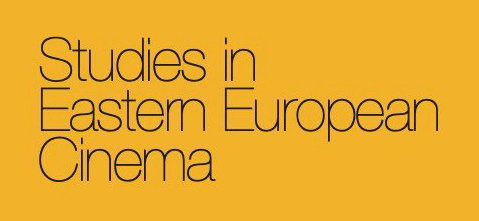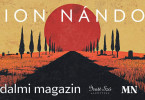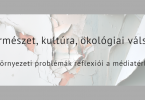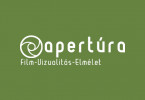‘Studies in Eastern European Cinema’ Conference
Rural spaces on the Eastern European screens: representations, power, peripheries
University of Gdansk, 10-11 June 2025
Today’s European agriculture is one of the most important grounds, on which political battles are fought. These battles do not concern only the antagonism between the city and the province and focus on food production, but touch on many other issues, such as the climate crisis, biodiversity, immigration labour, nationalism and self-sufficiency, and the effect of grain export from war-torn regions. Tractors, which previously town people saw in films such as Aleksandr Dovzhenko’s Earth (1930), are today on the streets of Europe’s capitals, whether in Berlin or Warsaw.
Historically, Eastern Europe was seen as a backward part of Europe – rural and economically undeveloped. Although after the Second World War it embarked on an ambitious project of industrialisation, resulting in a big shift of the population from the countryside to the cities, still the proportion of people living in villages was higher there than in Western and Northern Europe. Eastern European cinema recognised this fact and some of the most celebrated Eastern European films depicted rural life or immigration from the country to the city. While in the past rural life tended to be idealised, with peasants being shown as close to earth and epitomising what is best about a specific nation, recent representations are more ambivalent. Screening inhabitants of small towns and villages as politically backward and prone to populist agitation reveals a deep disconnection between urban and rural in Eastern Europe, not without elitist and paternalistic overtones. This is further complicated by depictions of the 1989 regime changes as generally urban matters, in contrast to which the rural periphery becomes a space let down by social and economic progression. Screen depictions often condescendingly further deepened this rift.
For the SEEC conference in 2025, we invite contributions on any aspects of rural life and agriculture, as represented in East European cinema.
Topics may include but are not limited to:
- Historical and contemporary representation of rural life in Eastern European cinema.
- Representation of food production in Eastern European films.
- Centre and periphery: the relationship of the urban and the rural.
- Intellectuals go to the country: the ‘rural’ as the object of city filmmakers.
- Farming as entrepreneurship on Eastern European screen.
- Rural life on the television screen: reality shows, comedies.
- The countryside as the site of refugee crisis.
- Migration from the city to the countryside and from the countryside to city.
- The countryside as a site of nationalism and ‘backward’ ideologies.
- Representation of biodiversity and climate crisis in the Eastern European cinema.
Please send a 200-word article proposal, together with a short bio, to Ewa Mazierska (EHMazierska@uclan.ac.uk) by 20/12/2024.







